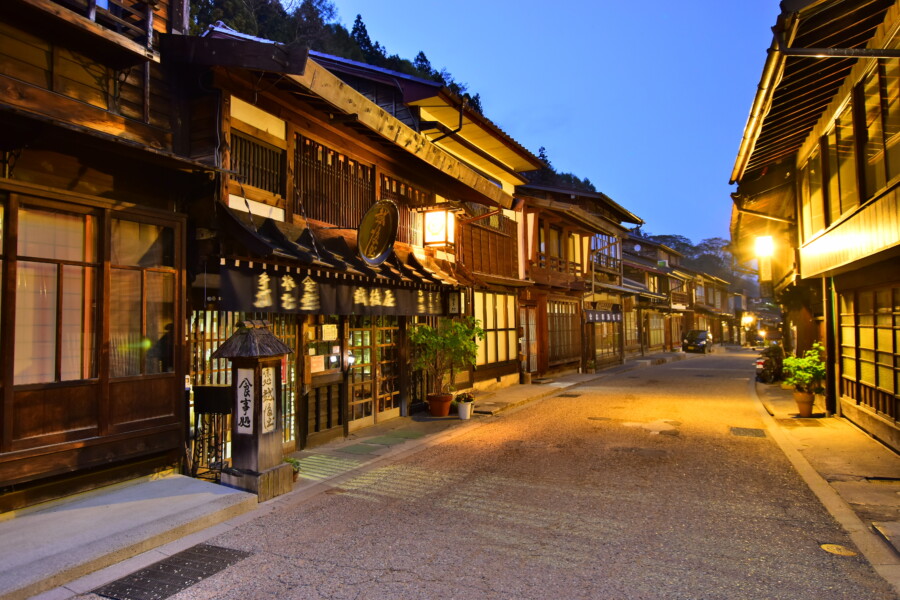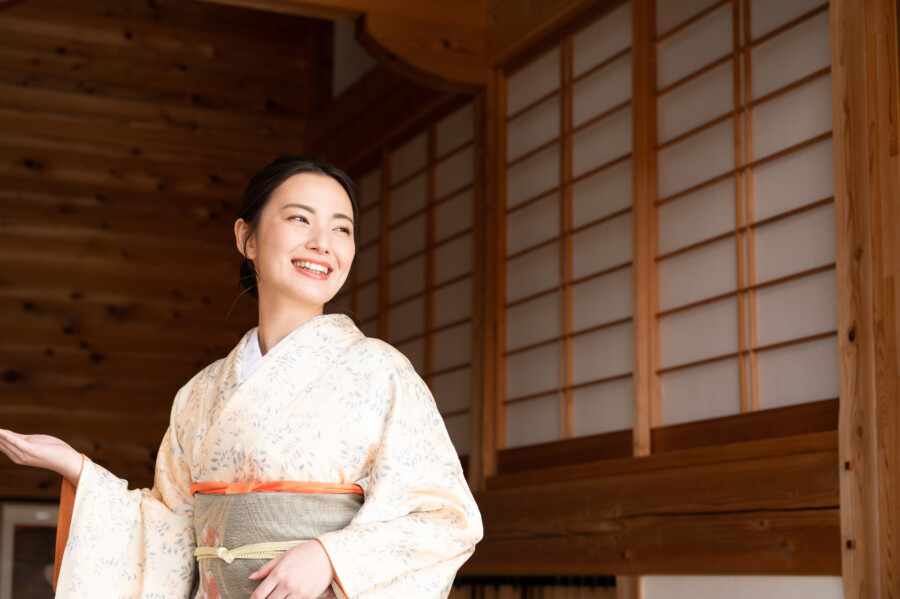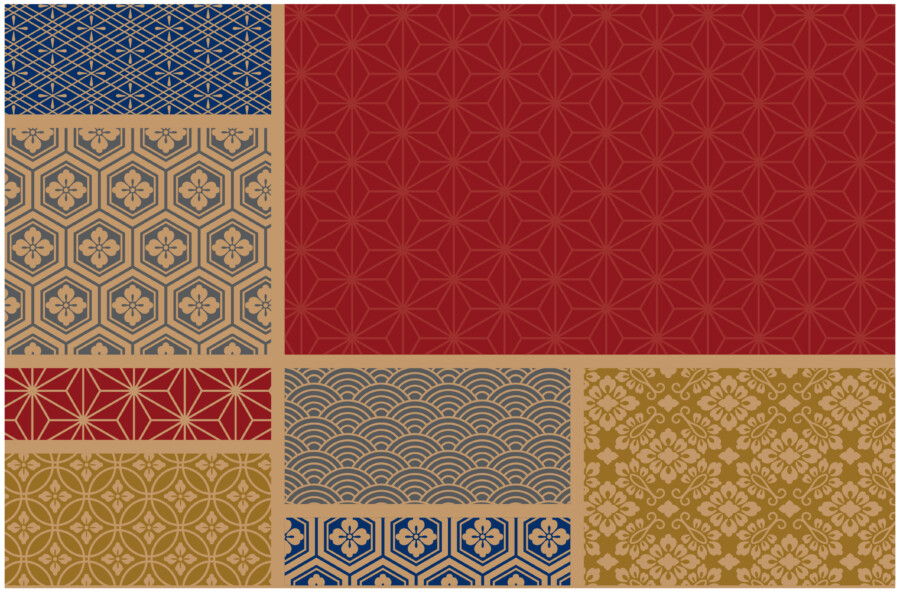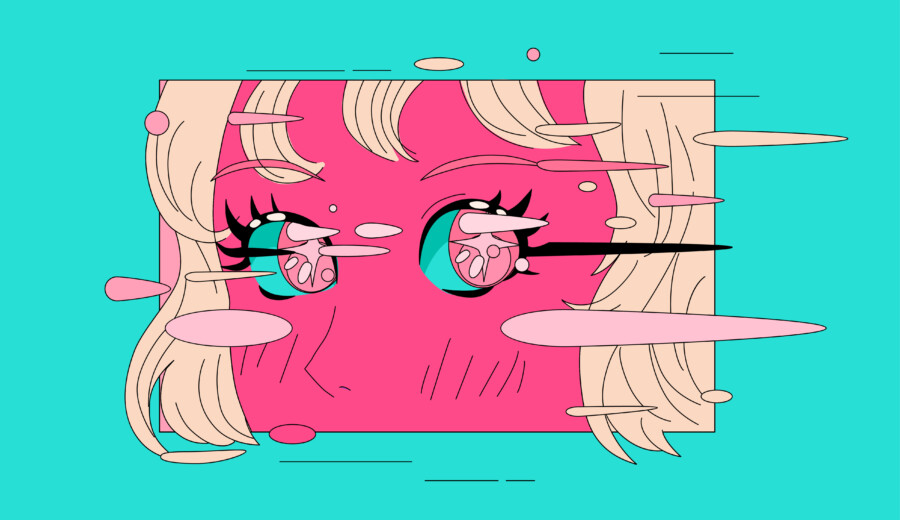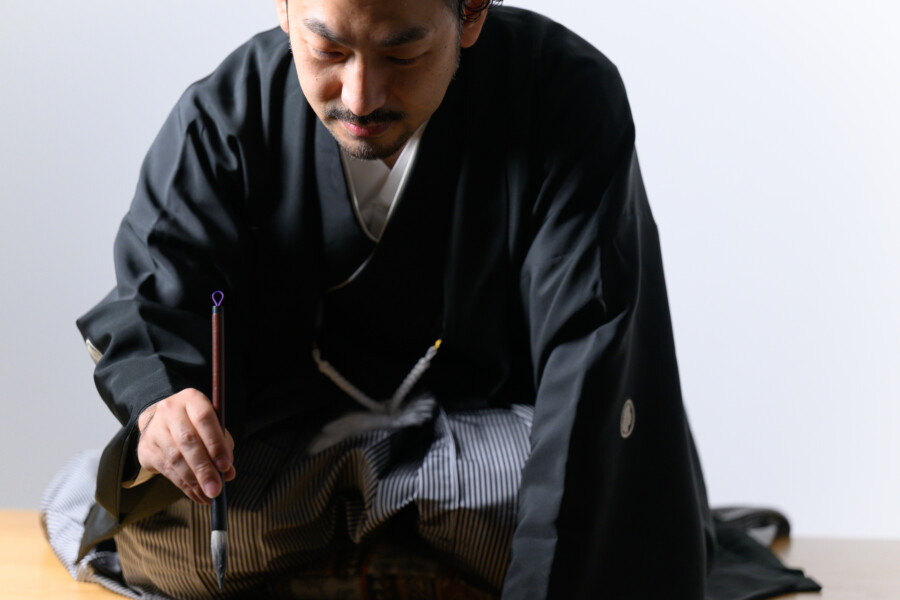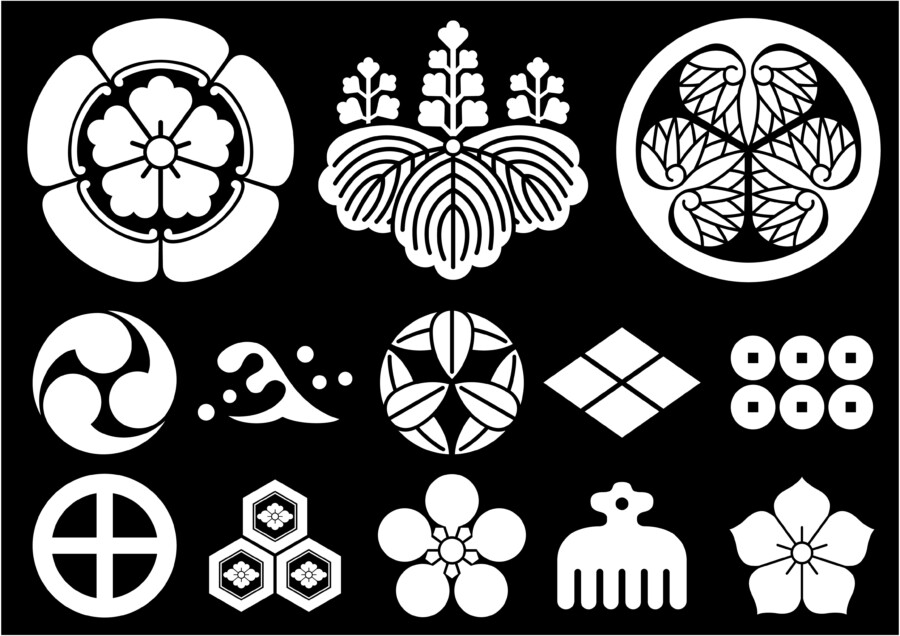
From Samurai Crests to Logos: How Traditional Emblems Inspire Modern Branding
Samurai crests, known as kamon in Japanese, have a long and storied history dating back centuries. These distinctive emblems were once used to represent families, clans, or individual warriors, often signifying allegiance, status, and lineage. The minimalist elegance and bold symbolism of kamon still captivates designers and historians alike, transcending time and geographical boundaries.
In the modern age, logos serve a similar purpose—identifying companies, products, and personalities through visually striking symbols. While technology and consumer preferences have changed drastically since the days of the samurai, the core tenets of good design remain constant: clarity, memorability, and emotional resonance. This article explores how the timeless appeal of samurai crests continues to inspire contemporary logo design, shedding light on the role of tradition in forging memorable brand identities.
Understanding the Essence of Kamon
Before diving into how kamon directly influences modern design, it’s important to understand what makes them so special. Kamon are not just decorative motifs; they were historically a vital means of identification in feudal Japan. These emblems were emblazoned on flags, armor, and personal belongings, ensuring recognition on the battlefield or in social gatherings.
Common motifs included stylized representations of nature—such as flowers, animals, or geometric shapes—and often expressed the ethos or spiritual beliefs of the clan. The lotus flower, for instance, symbolized purity and spiritual growth, while the butterfly signified transformation and ephemeral beauty. Each shape or symbol was rendered in a highly stylized, minimalistic manner to ensure immediate visual impact.
This cultural backdrop informs us that kamon were deeply intertwined with storytelling and identity. Modern logos function in much the same way: They tell a brand’s story and condense that narrative into a single, memorable mark.
Minimalism and Symbolism: Common Threads in Traditional and Modern Design
The most striking similarity between samurai crests and contemporary logos lies in their shared emphasis on minimalism and symbolism. In a saturated marketplace, logos need to stand out and communicate essential brand messages at a glance. The simpler the design, the easier it is to reproduce across multiple mediums—from business cards to digital ads and signage.
- Bold Outlines and High Contrast
Many kamon are rendered in just one or two colors, typically black on white or vice versa. This approach ensures clarity from a distance and straightforward reproduction, especially before the advent of modern printing technology. Today, brands still need their logos to be scalable and easily visible on different devices and platforms, reinforcing the necessity of strong outlines, bold lines, and high contrast. - Geometric Foundations
Whether it’s a circle enclosing a stylized flower or repetitive shapes forming a symmetrical motif, kamon often rely on geometric precision. This geometry makes them highly adaptable and instantly recognizable. Modern designers frequently adopt similar principles by using geometric grids when sketching logos, ensuring a balanced and harmonious aesthetic. - Expressive Symbolism
Each kamon conveyed specific cultural or familial meaning—something that translated directly into the clan’s identity. Likewise, a modern logo must capture the essence of a brand: its mission, values, and distinctive qualities. The best logos resonate with audiences precisely because they reflect deeper brand narratives, just like how kamon once mirrored the heritage of a samurai family.
Cultural Significance: Respecting Heritage and Identity
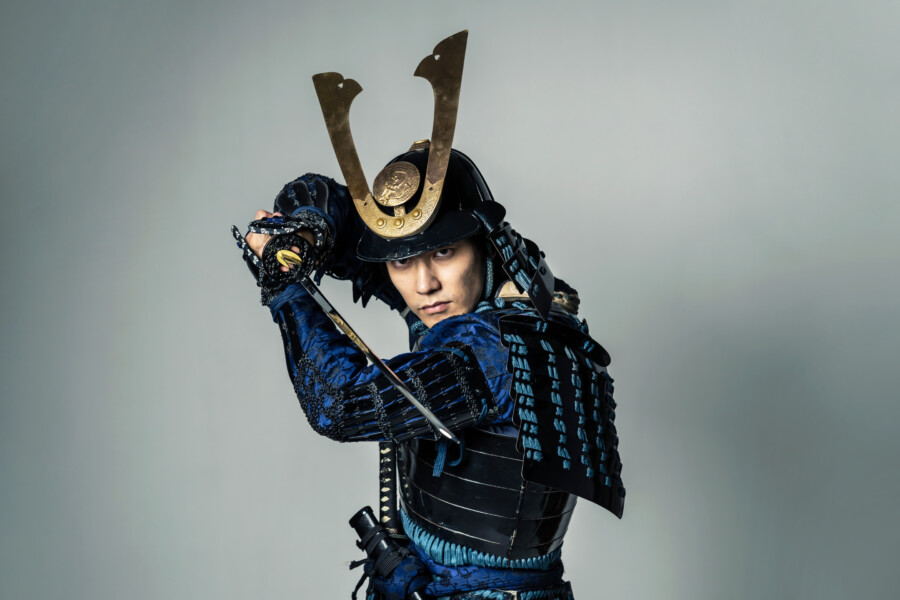
One of the key takeaways from studying kamon is their tight integration with cultural values. In modern branding, especially for companies with roots in a particular region or tradition, incorporating local culture is a powerful way to stand out and foster emotional connections. Here are a few lessons we can learn:
- Authenticity is Key
A company that is proud of its heritage and uses cultural motifs thoughtfully tends to gain deeper trust from customers. However, it’s crucial to handle cultural references with respect, avoiding superficial or stereotypical uses. This same principle guided the creation of kamon, which were designed with genuine significance to the clan’s identity and history. - Storytelling Through Motifs
Whether it’s a stylized crane evoking longevity or a wave pattern symbolizing resilience, a well-chosen symbol can tell a story without words. Modern brands, especially those looking to forge emotional ties, can take a page from kamon by selecting motifs that align strongly with the brand story—rather than picking random elements merely for visual appeal. - Evolving Traditions
While kamon were once strictly bound by family lineage, they have since inspired countless modern interpretations in fashion, merchandise, and yes, even corporate branding. Tradition isn’t static; it evolves over time. Companies can honor the past while making creative adjustments for today’s audiences, ensuring their visual identity is both timeless and forward-looking.
Real-World Examples of Traditional Influence
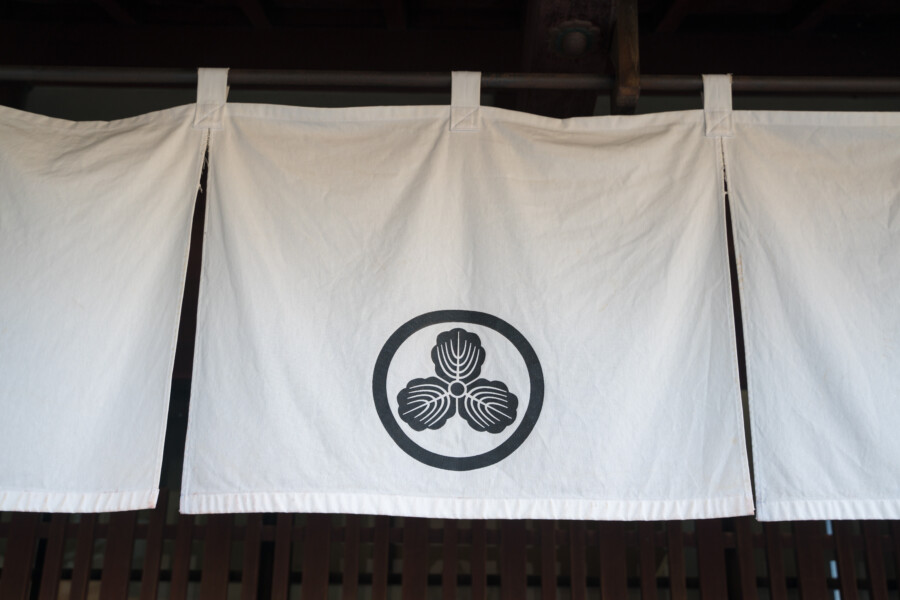
It’s not uncommon to see Japanese aesthetic sensibilities cropping up in the branding of global companies, even if they have no direct ties to Japan. Simplicity, minimalism, and attention to detail resonate universally. Here are a couple of illustrative examples:
- Fashion Brands
Many fashion labels, especially those specializing in minimalist apparel, are drawn to the elegant lines and bold shapes reminiscent of kamon. This style allows for clean, versatile logos that work equally well on fabric labels, store signage, and websites. - Tech and Startups
Startups seeking a unique identity often leverage culturally rich motifs, even if subtly. A geometric shape that alludes to a traditional crest can lend a sense of permanence and authenticity in the fast-paced tech world. By referencing a heritage of craftsmanship and longevity, brands can inspire trust among consumers. - Hospitality and Tourism
Hotels and travel agencies promoting Japanese locales frequently incorporate symbolic elements from kamon to evoke a sense of tradition and exclusivity. This approach creates an immediate connection to Japanese culture and offers a richer narrative for potential guests or travelers.
Practical Tips for Designers Inspired by Kamon
For designers looking to blend the spirit of samurai crests into modern logos, consider the following practical tips:
- Research Thoroughly
Understand the history and symbolism behind the motifs you plan to use. This not only prevents misappropriation but also ensures a more authentic design that resonates with your audience. - Start with Black and White
As many kamon were originally black-and-white symbols, sketch out your designs in monochrome. If the shape and composition are clear and compelling in grayscale, adding color should only enhance the design. - Focus on Simplification
The power of a crest lies in its simplicity. Strip away unnecessary embellishments and aim for clean lines and balanced shapes. Clutter can dilute your brand’s message and reduce immediate recognizability. - Align Symbols with Brand Values
If you’re designing a logo that draws from cultural heritage, ensure the chosen symbols are relevant to the brand’s story or mission. Audiences can sense when motifs are picked haphazardly and will appreciate designs that carry genuine meaning. - Test for Versatility
Like kamon used on flags, armor, and household items, your logo should work across various mediums and sizes. Test it on different backgrounds, devices, and scales to guarantee legibility and impact.





